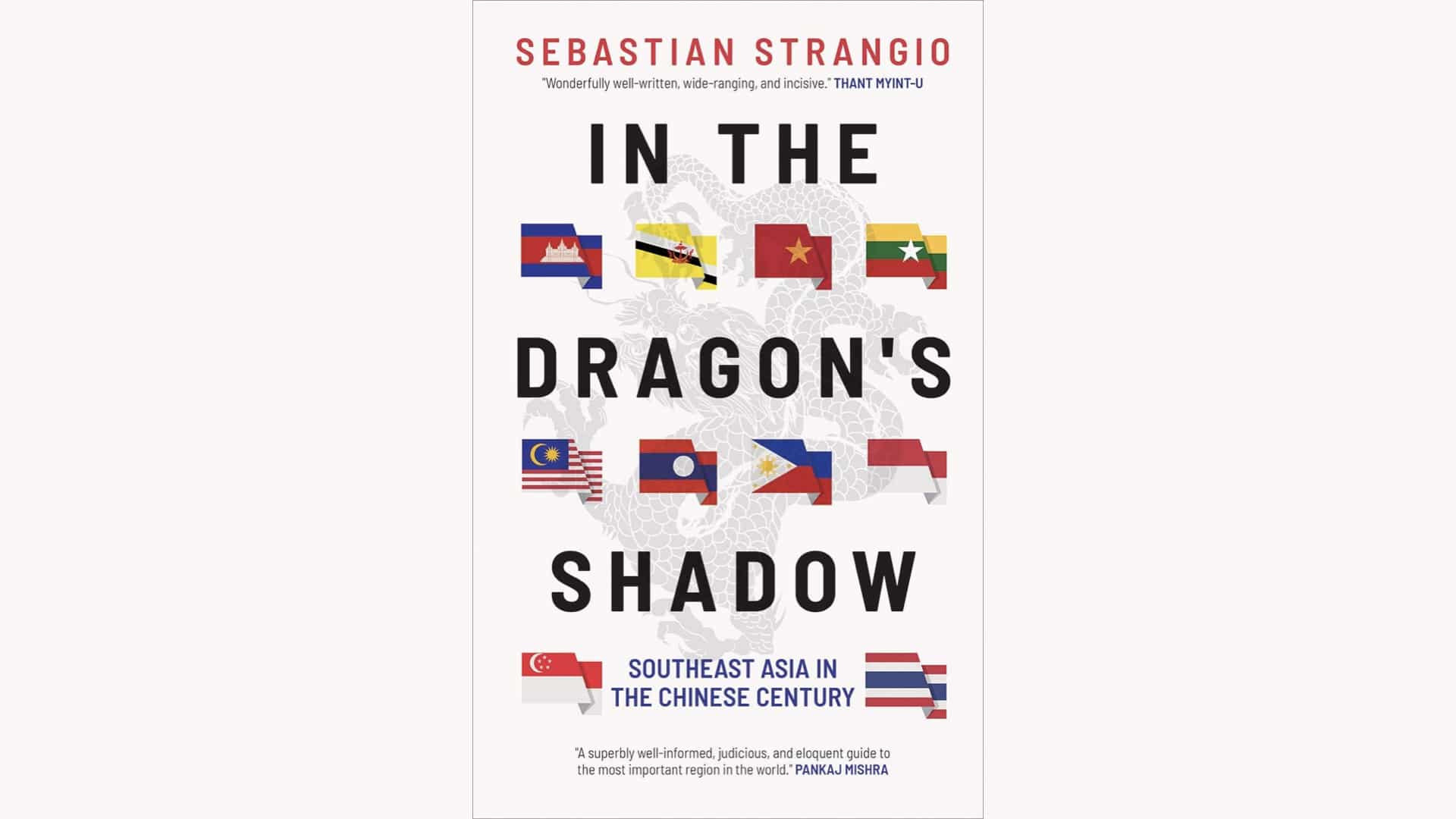
|
Getting your Trinity Audio player ready...
|
Southeast Asia was never a homogeneous region. It is vast, diverse and widespread. The Indian and Chinese voyagers were the first to reach these distant territories – Indians went with their culture while the Chinese with their people. Arabs came later to do business and also transmitted their religion Islam in some parts. Then came the Colonists – the Spaniards, the Dutch, the French, the Portuguese and the British. Even the Americans conquered the Philippines after defeating the Spanish colonizers of that archipelago towards the end of the 19th Century. During this period, Southeast Asia was just a geographic area, not a socio-political entity.
Southeast Asia’s regional identity took shape only in the middle of the 19th century. It acquired a greater political significance in the 20th Century thanks largely to the colonial geopolitics of the Asian continent and the rise of countries like China and Japan. While the other influences diminished over centuries, the Chinese factor remained predominant over the entire region until now, not only because of the rise of China as a dominant power in the century but also because of the presence of large Chinese diasporas in almost all the countries – from the Philippines to Indonesia. Communist China under Chairman Mao had treated the region as a backyard for exporting its Red Revolution. Thus, in the second half of the last century, many countries in the region struggled with Maoist insurgencies or revolutionary Communist parties. This posed a serious challenge to political stability in several Southeast Asian nations. Recognising that they could not confront a mighty northern neighbour separately, these countries came together in the 1960s to form the Association of the Southeast Asian Nations – ASEAN. With the addition of Vietnam, Cambodia, Laos and Myanmar in the 1990s, the ASEAN acquired greater regional heft and importance.
As we enter the 21st century, has the Chinese threat receded in the region? Have the ASEAN countries achieved the objective of pursuing an independent course in their foreign relations? Are they today less or more dependent on China? Has there been greater national cohesion between theit ethnically diverse autochthonous peoples and their Chinese counterparts or are the people of Chinese origin still seen by other natives as the fifth columnists and untrustworthy citizens? These questions are very important because of the fact that the Indo-Pacific region has acquired foremost economic and strategic importance and the ASEAN nations occupy a central space in that region. In the evolving new world order that centres around the geopolitics of the Indo-Pacific, the ASEAN nations are playing an increasingly critical role.
Sebastian Strangio’s “In the dragon’s shadow” is an excellent book to find answers to all these questions and more. As the 21st century is being touted as the Chinese century, where do countries in this important region stand? What are their geopolitical compulsions and geostrategic machinations? Will they jumon the Chinese bandwagon or will they draft an independent course? Strangio has meticulously studied all these issues and come up with extensively researched, highly informative and brilliantly insightful observations in this volume.
There are not many books on the entire Southeast Asian region- there are some on select individual countries. That way this book is uniquely detailed. More importantly, Strangio did a thorough study of the region not through the lens of other writers, but by personally visiting even the remotest corners of each country. Thus, it is as much a personal travel account as it is the political history of each country in the region. For the benefit of the readers, Strangio dedicates one chapter to each of the ten Southeast Asian countries. That makes one understand ASEAN from the perspective and experience of each of the member countries while highlighting shared perceptions among them.
Strangio’s conclusions in the last chapter are of utmost importance. From his studies, Strangio comes to the conclusion that at least seven out of the ten governments in the ASEAN member states would remain loyal to the Chinese interests for various reasons. But at the same time, in almost all the countries, there is growing resentment among the people of China’s domination in various spheres. Ethnic chinese citizens in several nations end up in the crosshairs of domestic politics which have an increasing tinge of ethnonationalism and anti-China rhetoric.
In the Dragon’s Shadow is a good book for the Indian diplomatic and geostrategic community, especially since India’s economic and national security interests are also intrinsically linked to the region in question.



